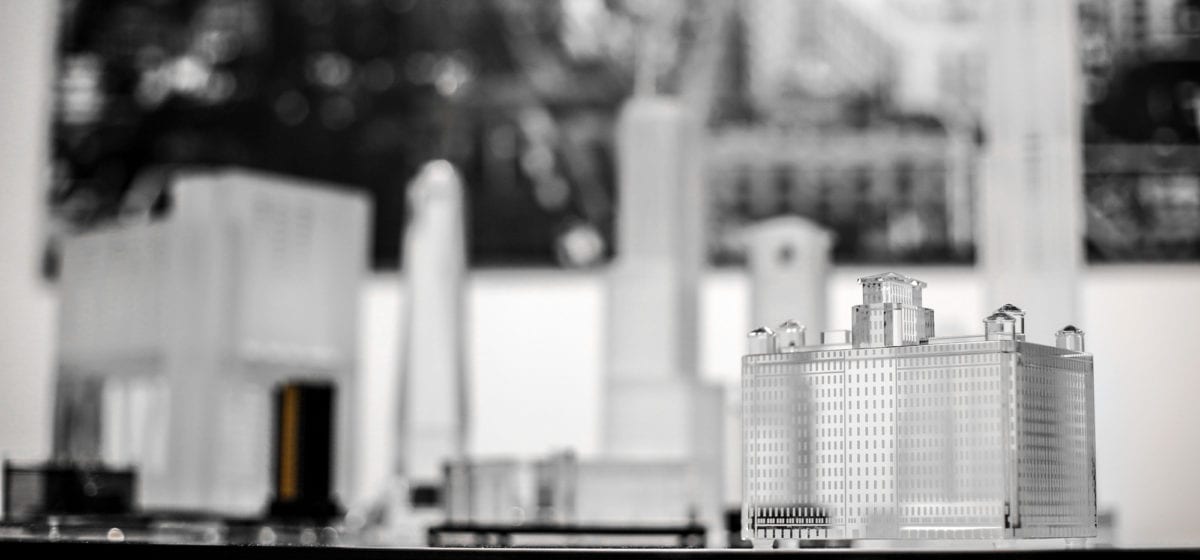What’s the Difference Between Glass and Crystal?
An important toast calls for beautiful barware in the same way a significant achievement demands a fitting award. Glass and crystal both have their place and time in design. Understanding the difference between the two is essential to choosing the right material for your project.
Both materials are popular, but many shoppers find themselves unsure of what sets them apart from each other. Glass and crystal are used for barware, decor and awards but differ in composition, clarity, weight and other key factors. The Cristaux International team is here to let you know how to differentiate between the two.
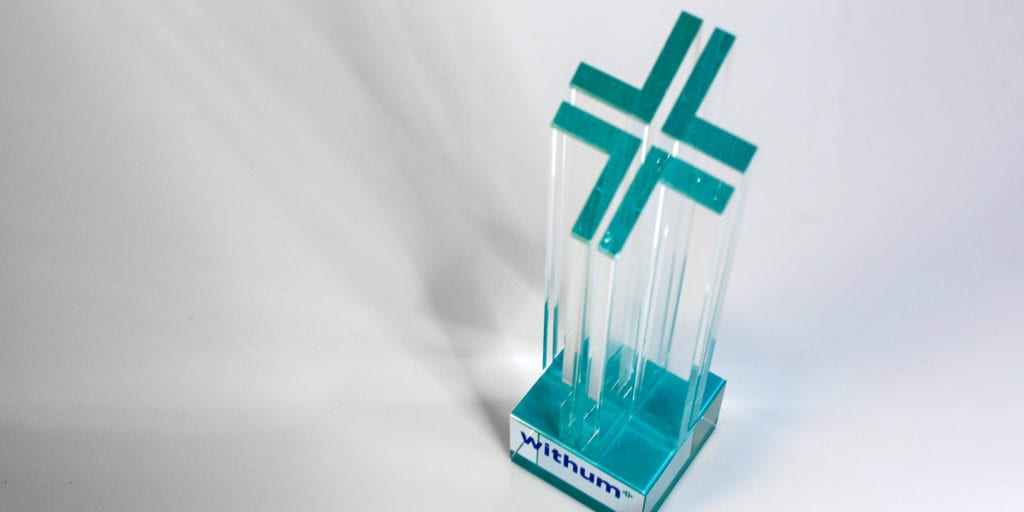
Glass vs. Crystal: Getting into the Chemistry
When it’s used to refer to a material, the term glass can indicate any of a handful of compounds. The most popular today is soda-lime glass, a variety made from silicate, lime and soda. It’s inexpensive to manufacture because all of its components are readily available in nature. Other types of glass include fused quartz and borosilicate glass, known by the trade name Pyrex.
Crystal shares some properties with these types of glass, but its composition is unique too. Most of the crystal shoppers today encounter is composed of silica, lead oxide, potash or soda, and a handful of other additives. It’s the use of lead oxide that resulted in this material being called lead crystal. Truthfully, though, what most of us call crystal is rightfully lead glass.
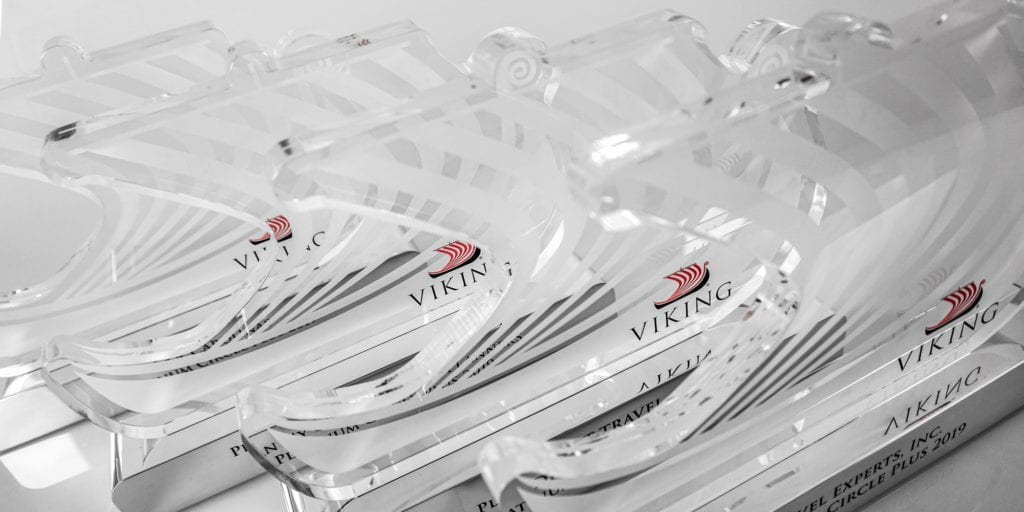
American Crystal vs. European Crystal
If you’re shopping for lead crystal in Europe, you might get something different than if you shop for the same thing in America. In the U.S., any glass that contains at least 1 percent lead monoxide is classified as lead crystal. In European nations, glass must contain between 10 and 30 percent lead monoxide to be classified as lead crystal. At Cristaux, we use 24 percent lead crystal as well as optical crystal, which is lead free.
Breaking Down Material Differences
To the average eye, crystal and glass look the same. However, they can be identified with a few tips in mind. When it comes to telling glass and crystal apart, it’s all in the handling. Pay attention to these key qualities, and you’ll know what you’ve got in your hands.
Clarity
Crystal has incredible clarity, which is why it’s favored for decorative items and chandeliers. Optical crystal is known for its excellent brilliance thanks to its purity and clearness. In contrast, soda-lime glass will always be a little foggy when you hold it up to light.
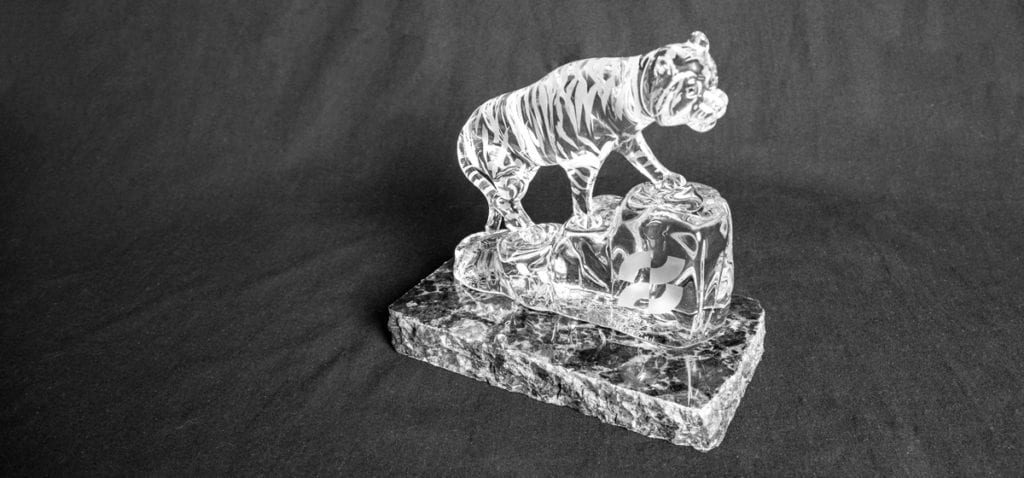
Weight
The lead content of crystal means that it has some substance. A piece of stemware made from glass may seem light as a feather, while crystal will feel heavier. At Cristaux, we often pair crystal with lightweight, 3D-printed components to add weight to the piece.
Sound
Tap crystal, and you’ll hear a “ping” sound. Tap a custom glass work, and you’ll hear a dull thud. Additionally, you can test if glassware is made from crystal by wetting your finger and tracing the glass’s rim. If it creates a quiet yet sustained ringing sound, then the glass is made of crystal.
Thickness
Crystal is easier to sculpt and decorate because of its relatively low working temperature, but that means it also tends to be on the thin side. Soda-lime glass has a high working temperature and tends to be thicker than lead crystal.

Cut
Faceted crystal can be buffed and polished, making it incredibly smooth to the cut. Glass with faceted designs is often molded and tends to feature edges that are sharper and more brittle.
Refraction
Crystal refracts light in a way that soda-lime glass simply can’t. Pieces with a high lead content tend to be particularly dazzling. Lead-free optical crystal also offers incredible refraction and can create sparkling rainbows when hit by light.
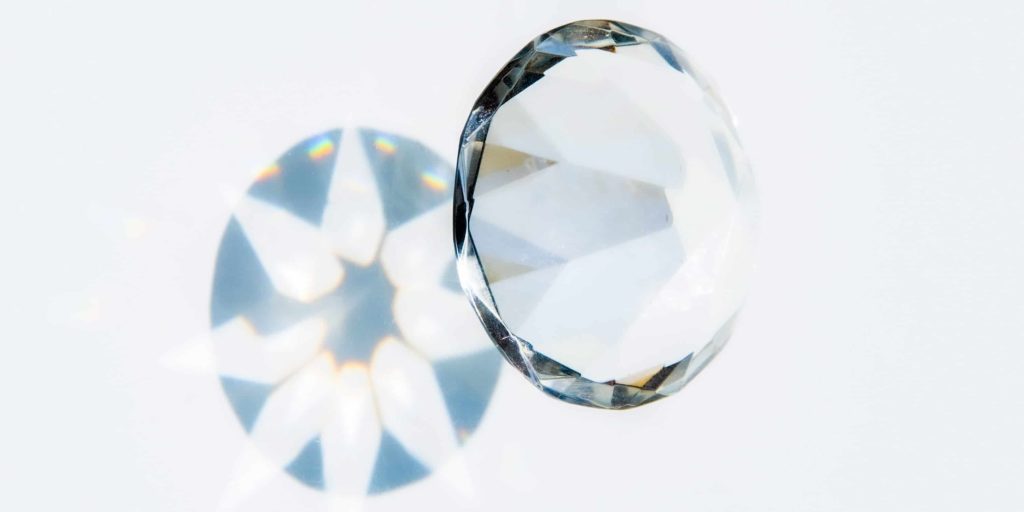
Two Unique Materials
Crystal and glass may look similar, but they have many differences. When in the hands of experienced and creative designers, these materials can be made into masterpieces. You can dream big for your recognition vision.
Contact Cristaux to learn more about our wide array of high-quality materials.
